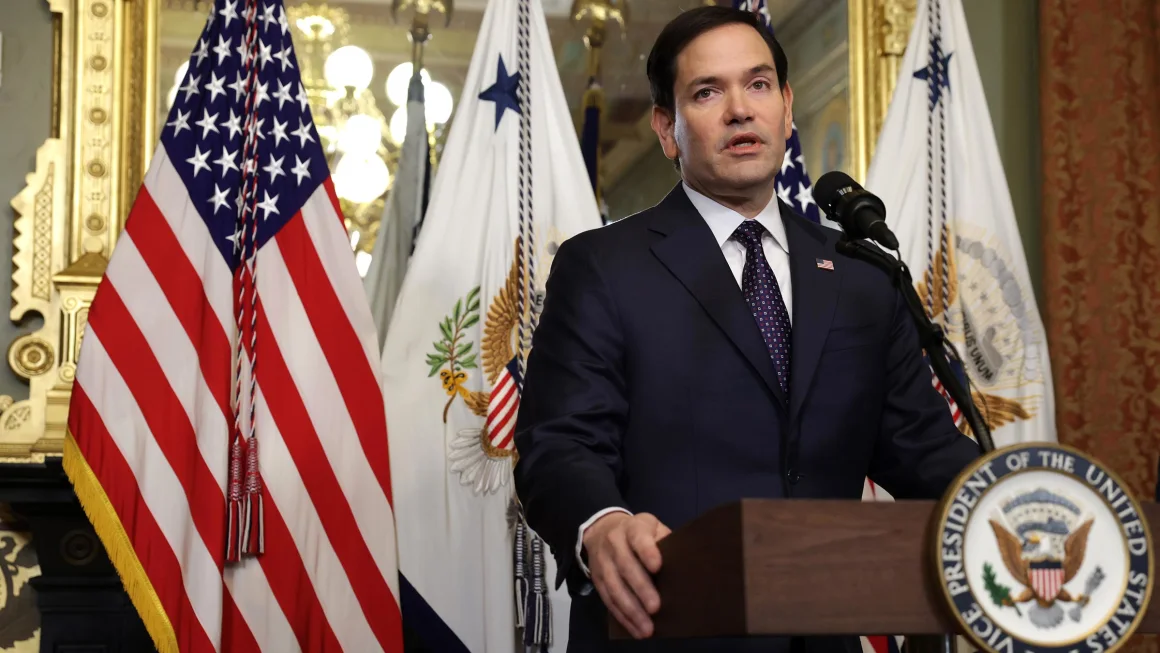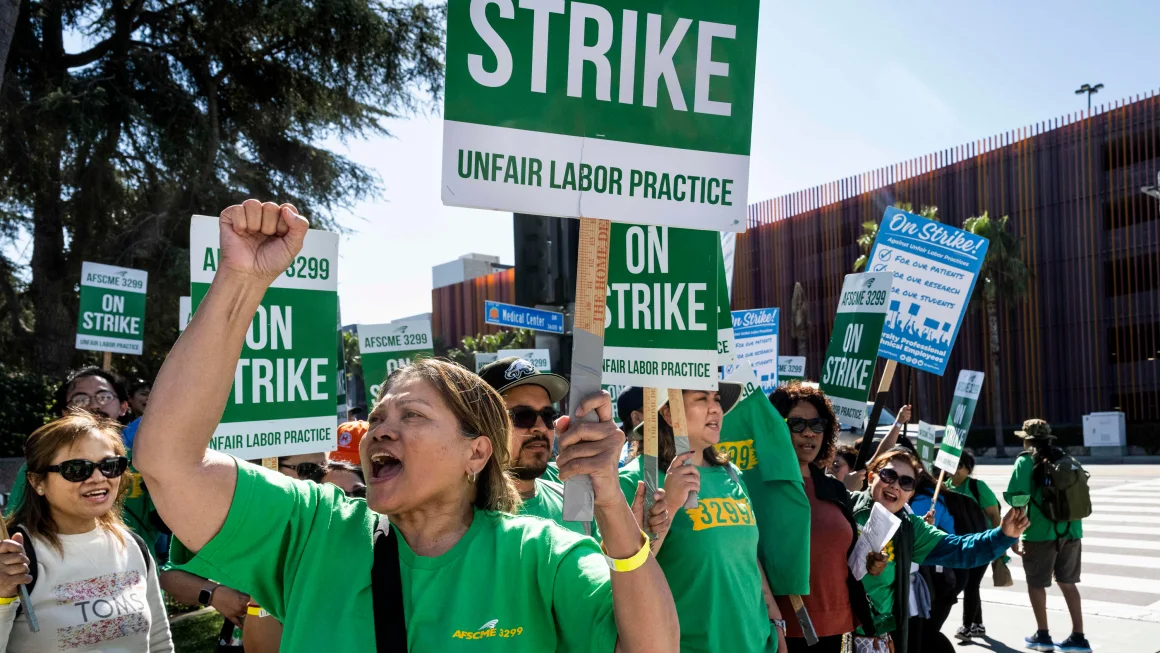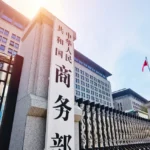Even though signs have pointed to this moment for years, the economic “divorce” between the US and China is proving anything but simple.
For decades, despite political disagreements, both nations largely agreed that economic partnership was better than rivalry. Now, that long-standing trade relationship is unraveling — and the consequences are already being felt across the globe.
Talks between the world’s two largest economies have stalled. China signaled that it would only engage in negotiations if the US showed more “respect” and approached the talks with greater “consistency and reciprocity,” a source told CNN. But optimism is low.
Without serious efforts to rebuild ties, trade between the US and China could plummet by over 80%, according to Ngozi Okonjo-Iweala, head of the World Trade Organization. That would effectively amount to a full decoupling. The WTO also issued a bleak forecast: Instead of growing 2.7% as projected before tariffs were introduced, global trade is now expected to shrink 0.2% this year.
The impact of this decoupling is already evident:
- US retail sales rose 1.4% in March, mainly due to auto purchases, as Americans rush to buy before prices surge.
- Boeing, one of America’s biggest exporters, has reportedly been blocked from sending aircraft to Chinese airlines.
- China imposed export controls on seven rare earth minerals, key to making electronics and electric vehicles — resources it largely controls.
- Nvidia, the leading US chipmaker, announced a $5.5 billion loss after being ordered to halt sales to China.
- Chinese retailers Shein and Temu are set to raise prices, according to Reuters.
- US stock markets dropped, dragged down by Nvidia’s losses, the WTO’s gloomy trade forecast, and Federal Reserve Chair Jerome Powell’s warning of a “challenging scenario” of slower growth, rising unemployment, and accelerating inflation.
“There’s no modern playbook for this,” Powell said at an event in Chicago.
Despite Trump’s image as a dealmaker, he hasn’t shown urgency to resolve tensions with China. Some believe this may be intentional.
“There may be a different strategy,” said Ed Yardeni, president of Yardeni Research. “Maybe the US sees China as a long-term threat and wants to weaken its economy.”
Bloomberg reports that the Trump administration may be planning to pressure other nations to reduce their trade with China — possibly even proposing tariffs on countries too closely tied to Beijing.
Whether the US aims for a deal or not, Yardeni says, “It’s not a pretty sight. Trump is using US economic power to intimidate other countries… but China won’t be easily bullied.”
In fact, many analysts say China may be better prepared this time around. With strict control over its economy and lessons learned from its last trade clash with Trump, China has adopted more strategic countermeasures.
Its bans on Boeing deliveries and limits on rare-earth exports show a shift in tactics. “China has figured out how to weaponize its imports differently now,” said Mary E. Lovely of the Peterson Institute for International Economics.
Still, Beijing is trying to maintain a responsible image with global partners like the EU, Southeast Asia, and Australia. “They want to say, ‘We’re open, we’re reasonable — we’re just defending ourselves against US pressure,’” Lovely explained. “And now, they’ve got a much bigger playbook to work from.”














